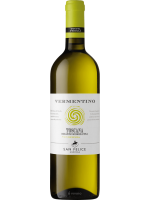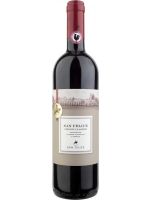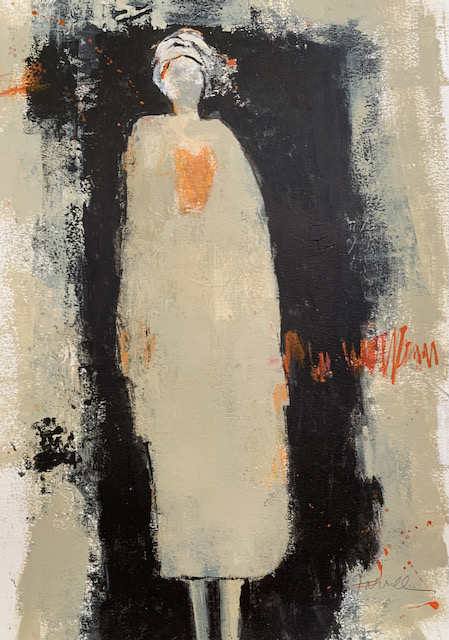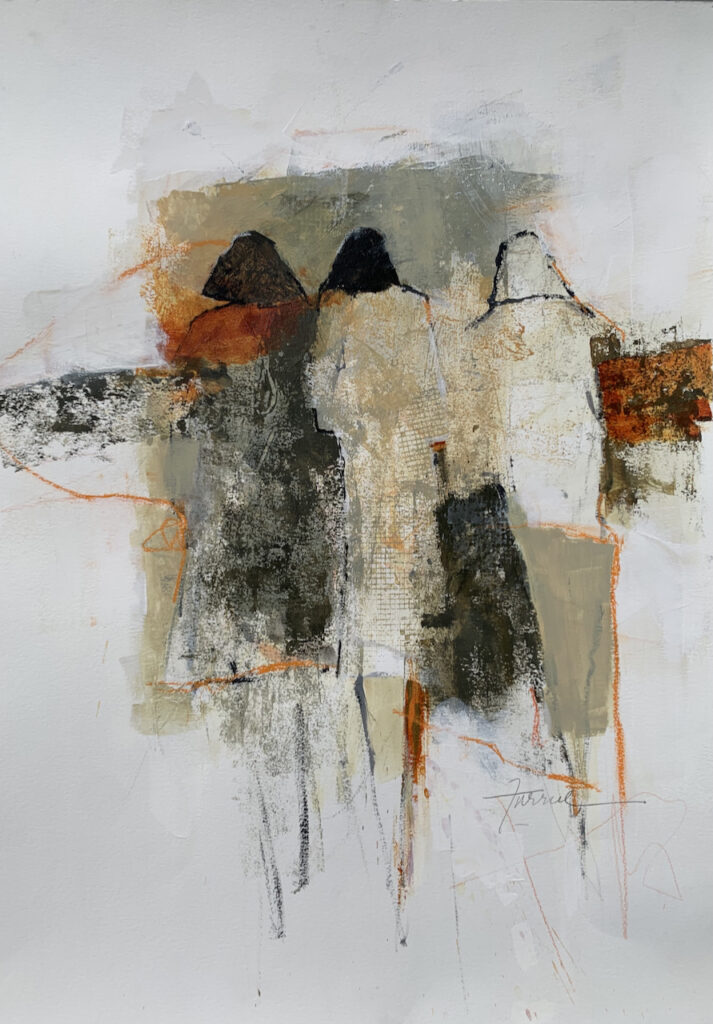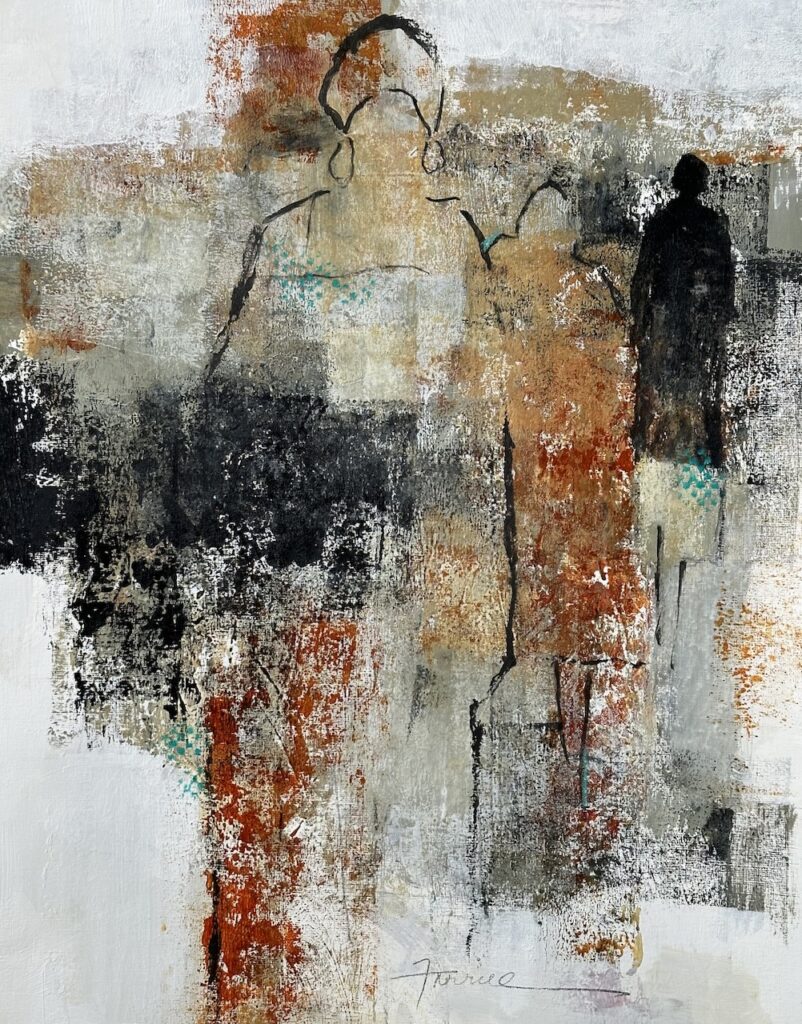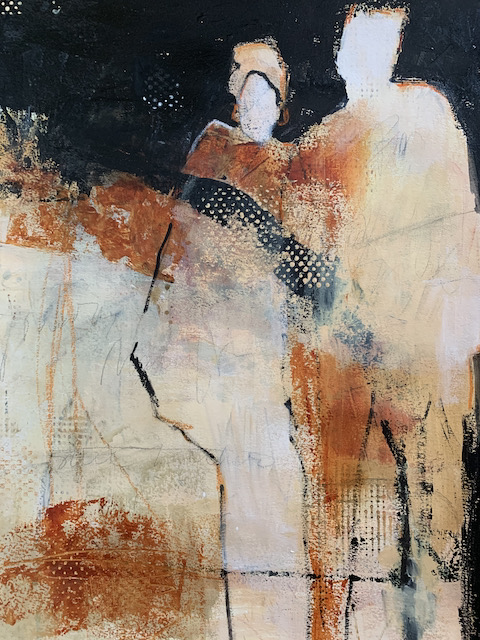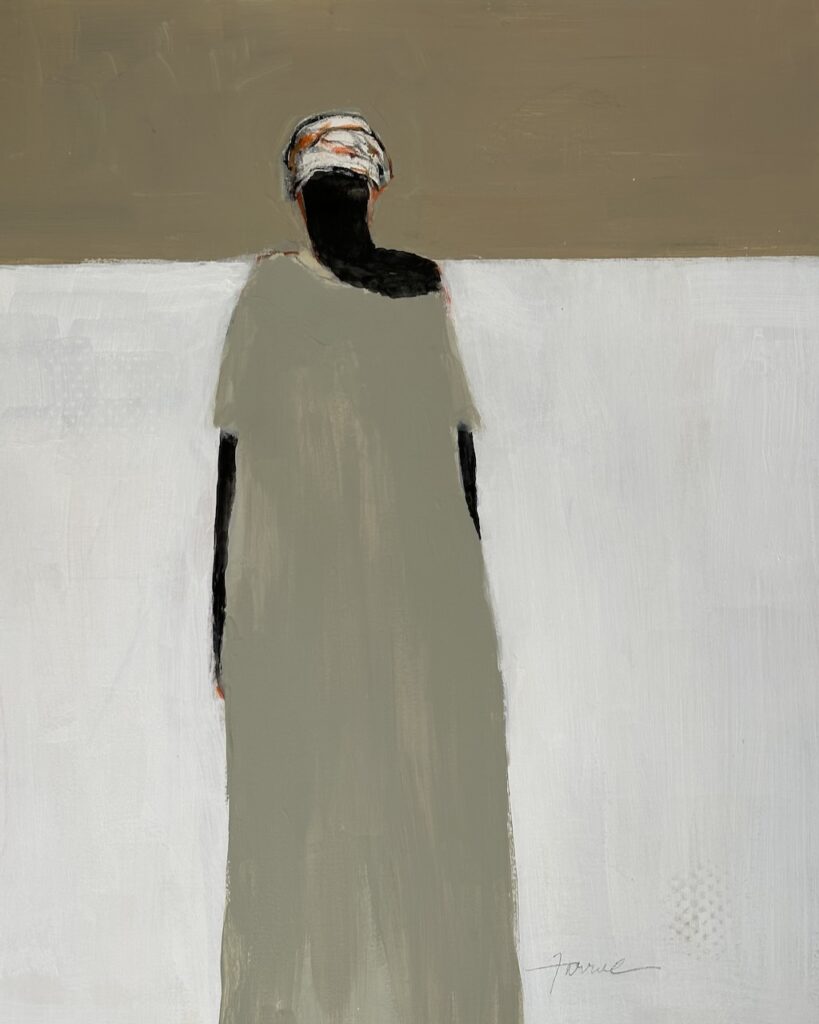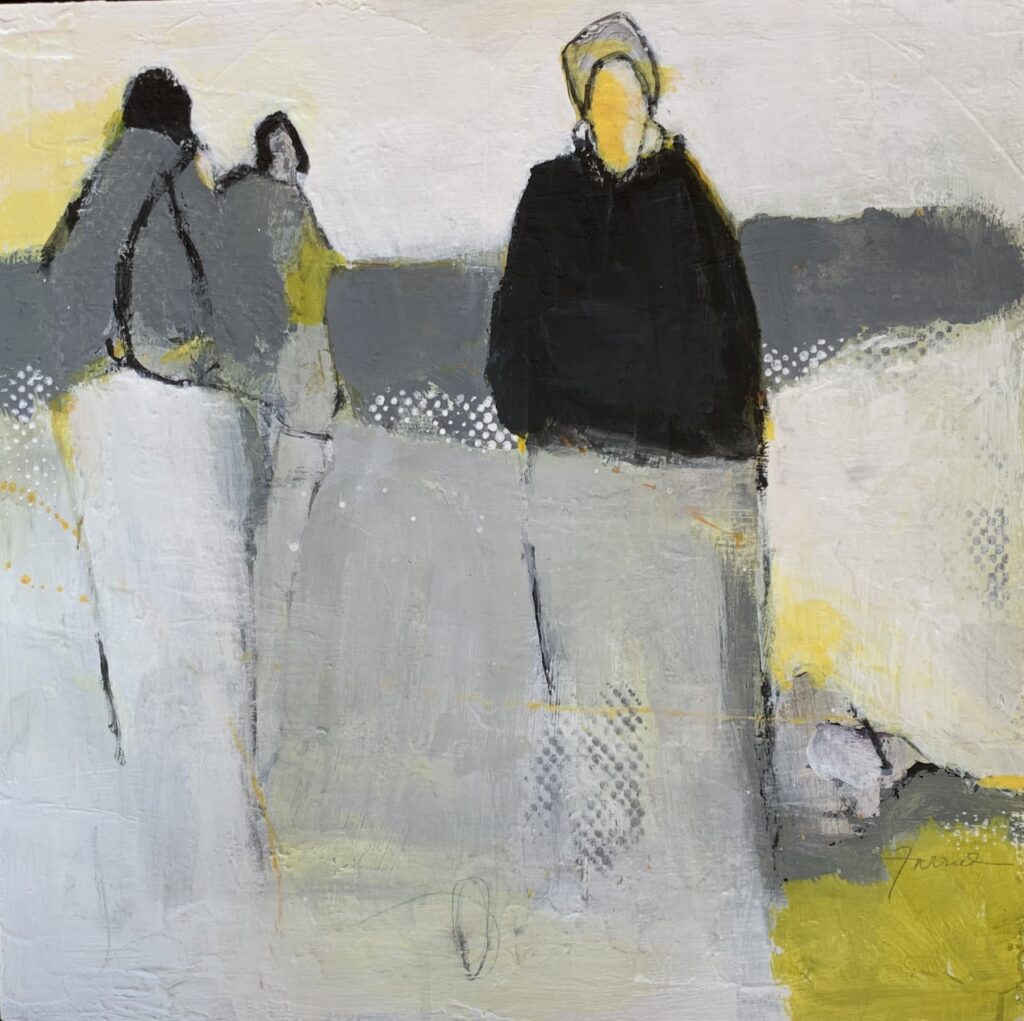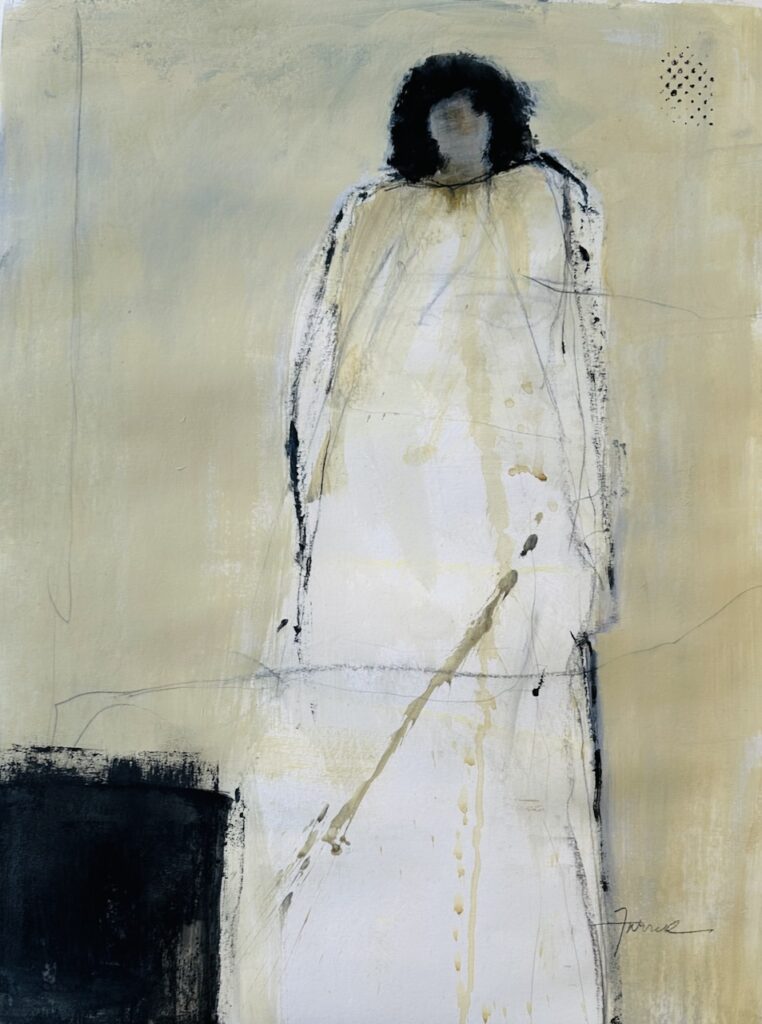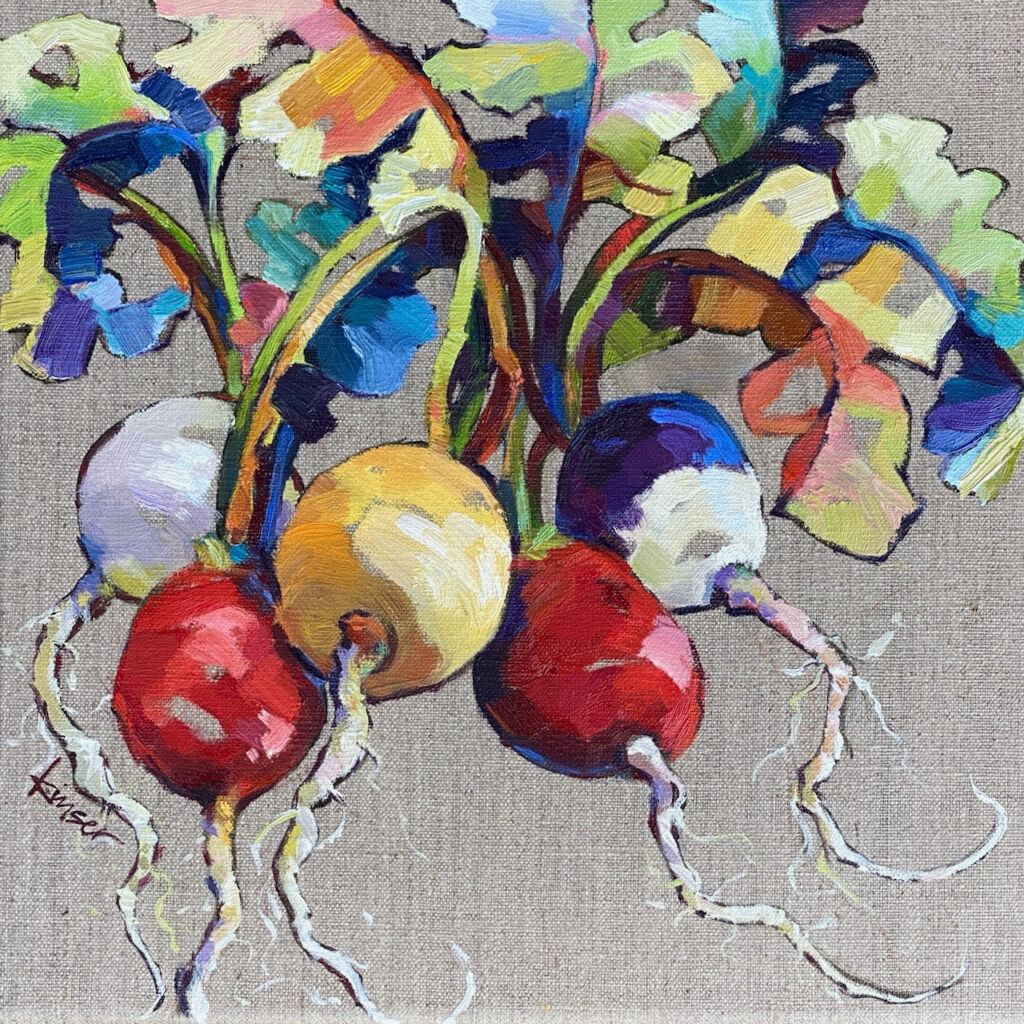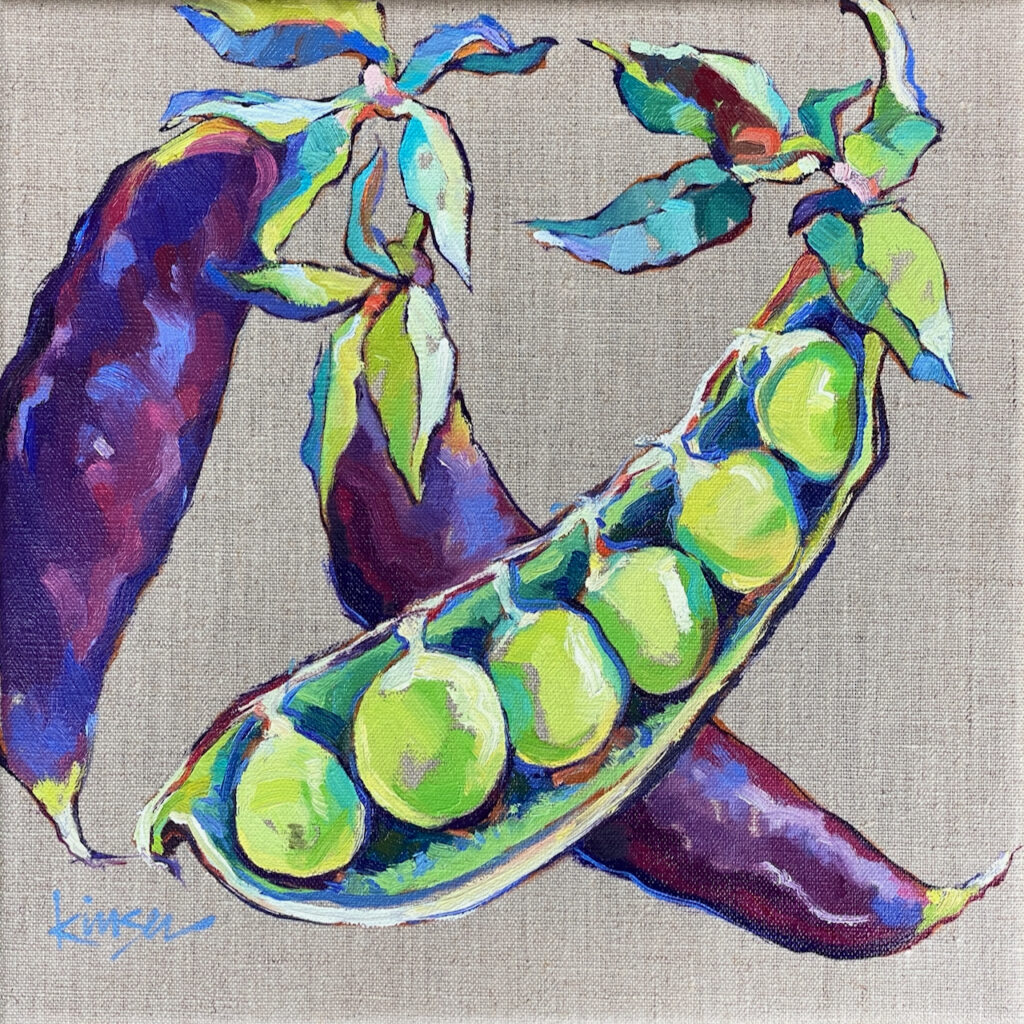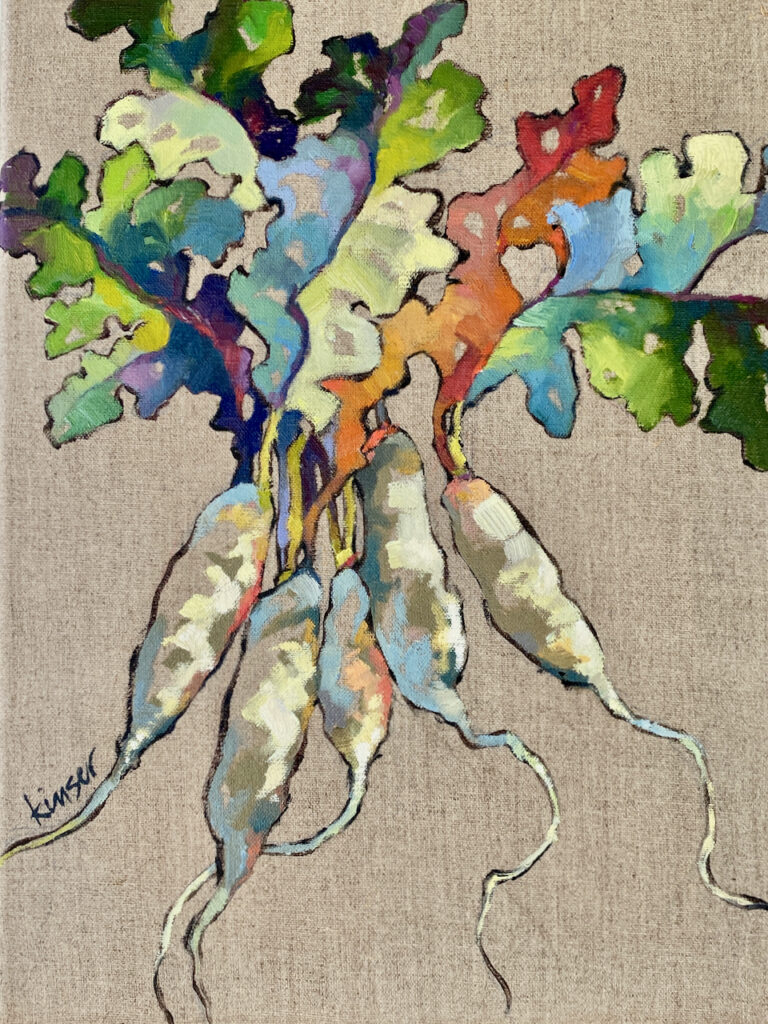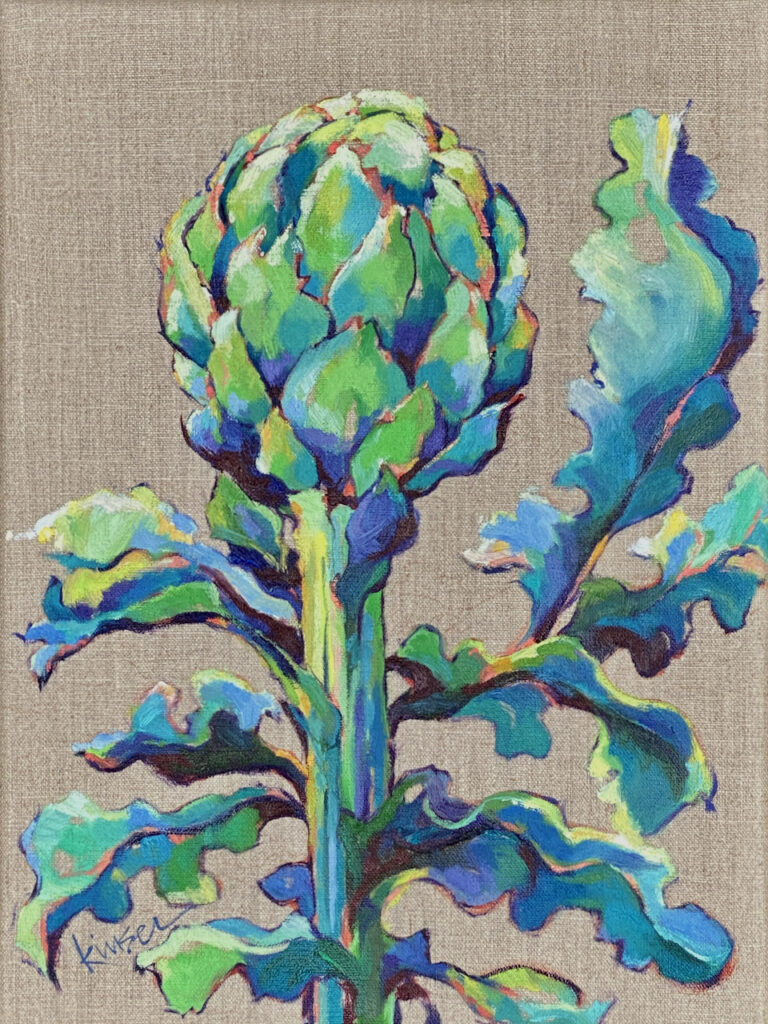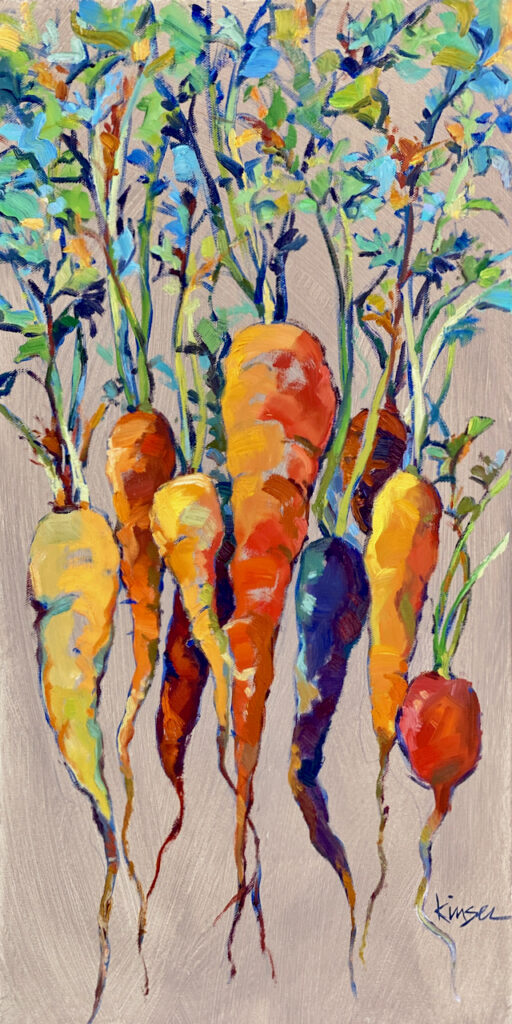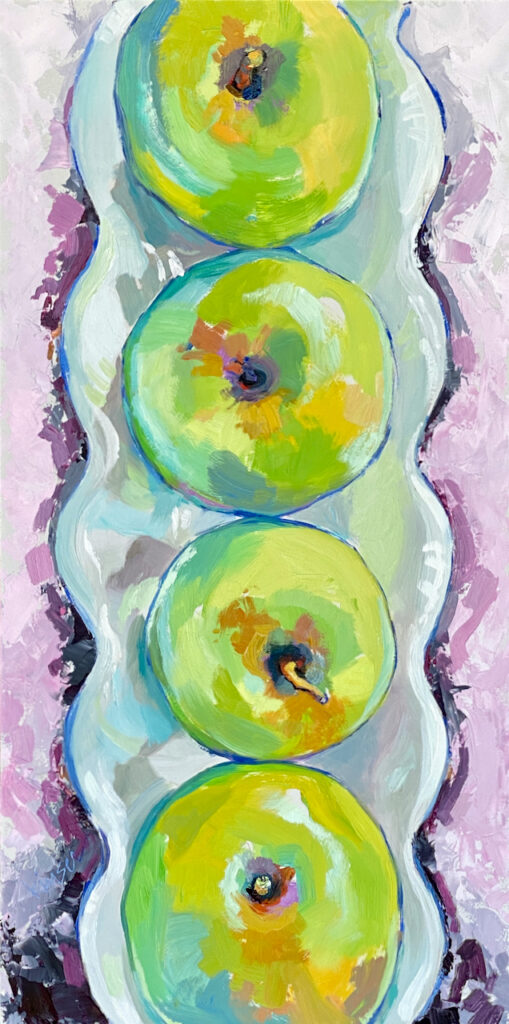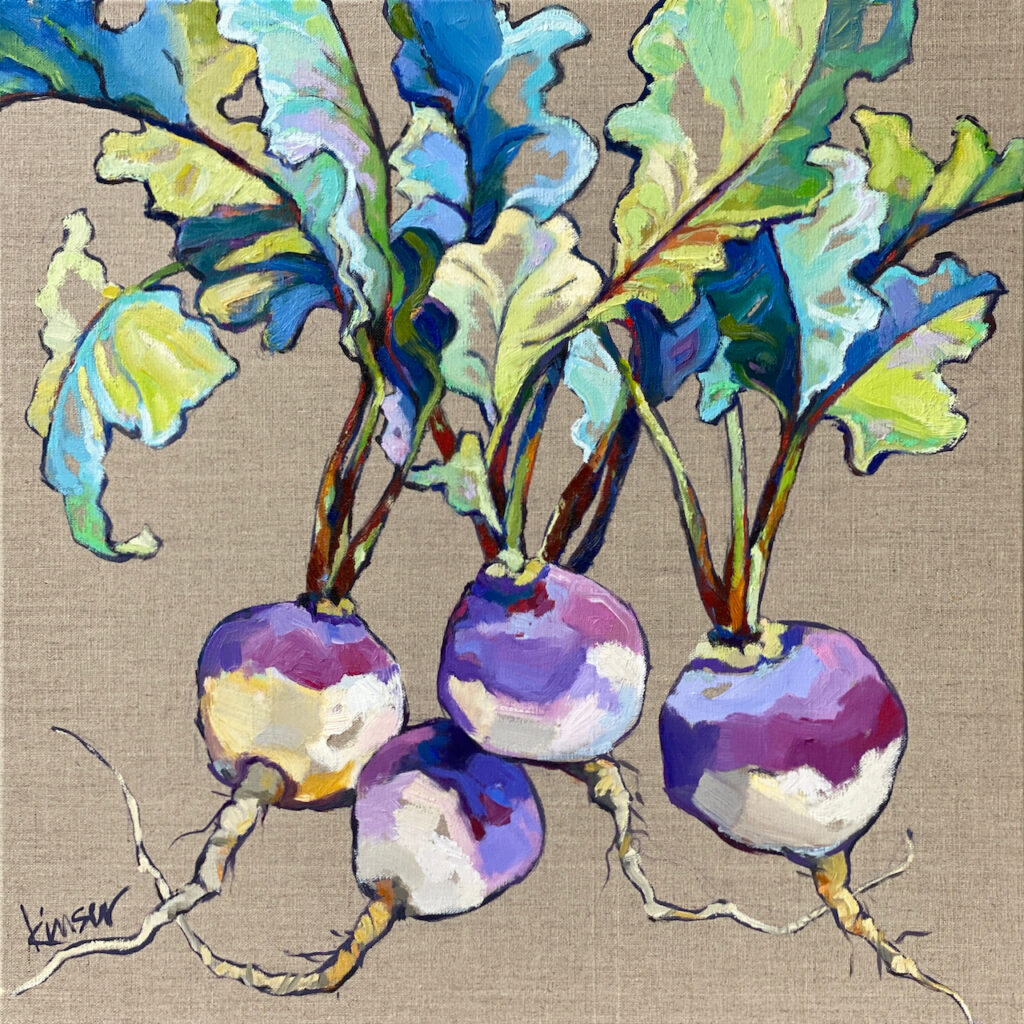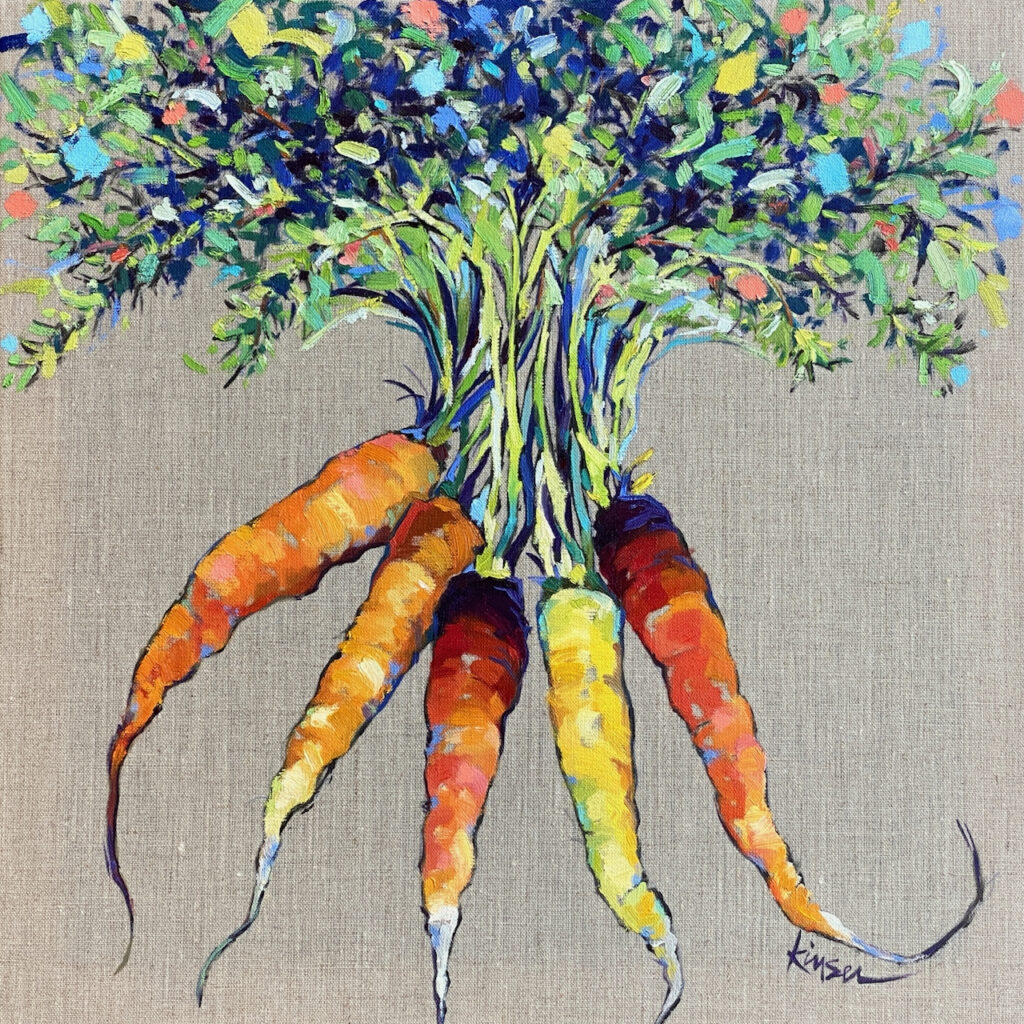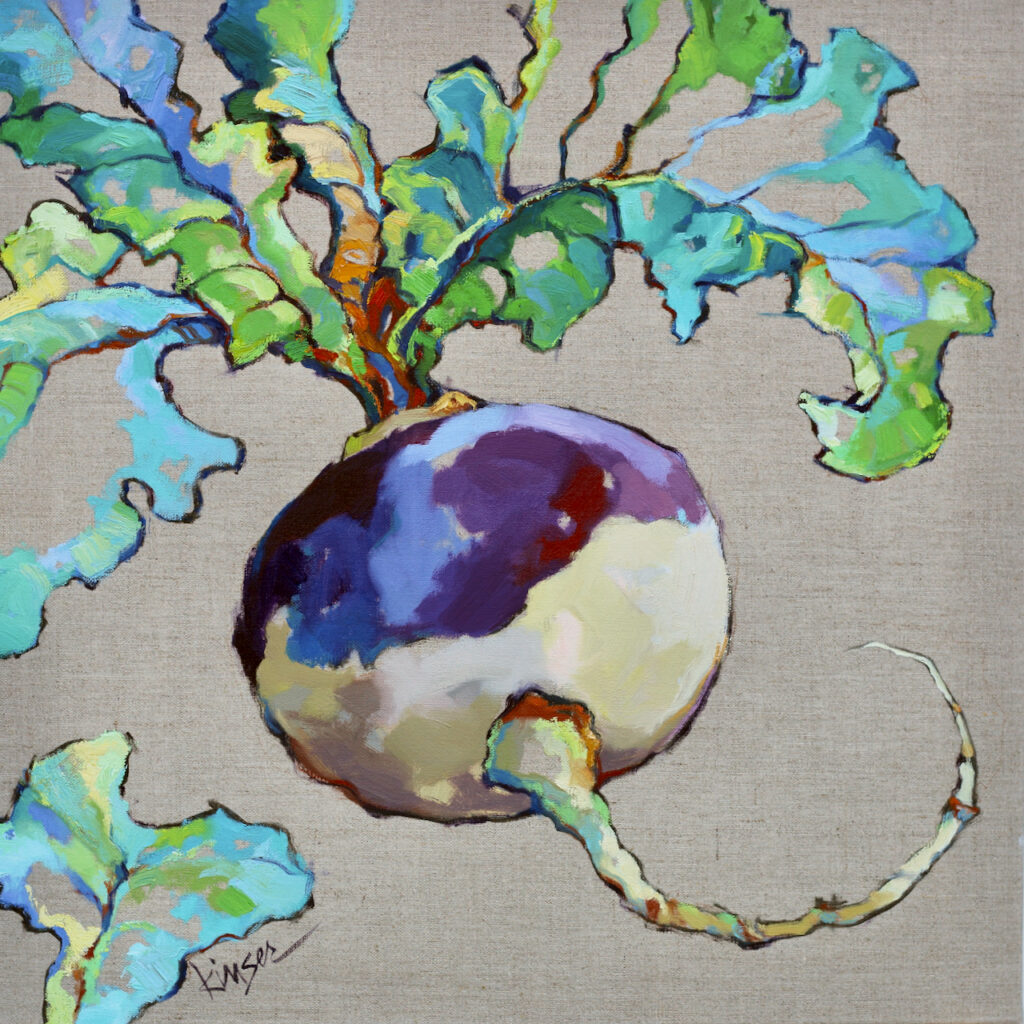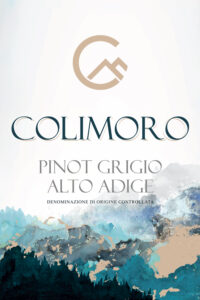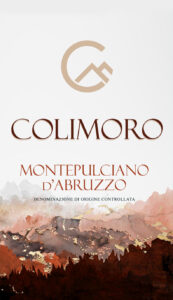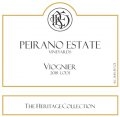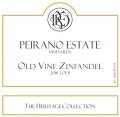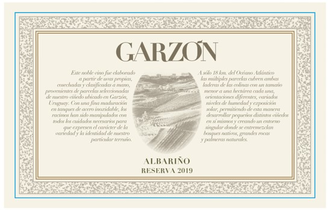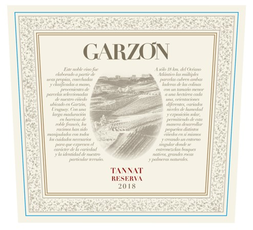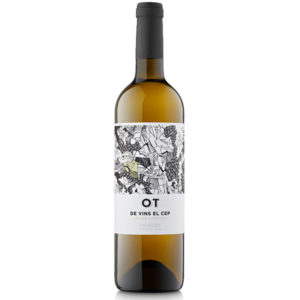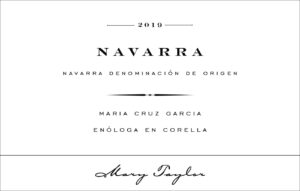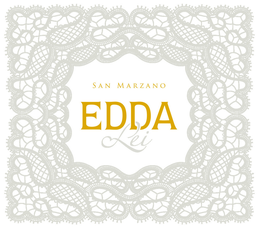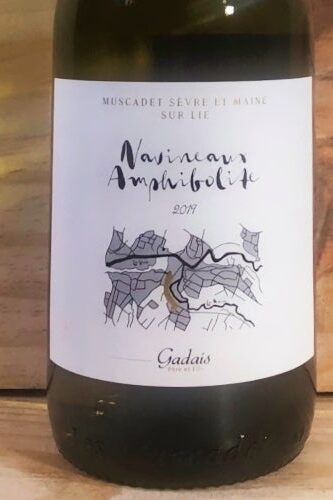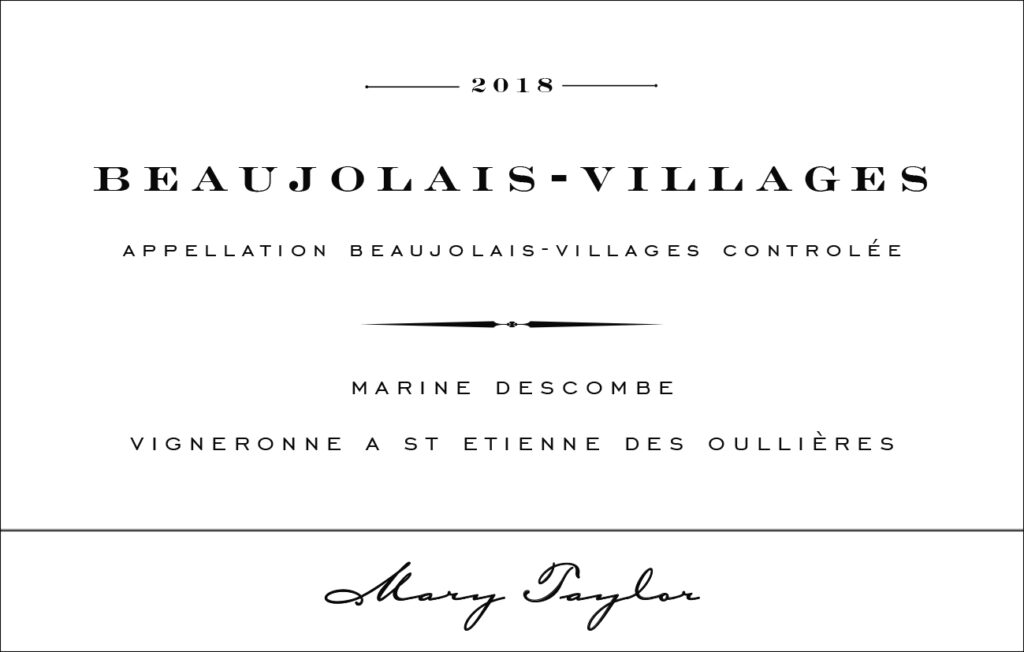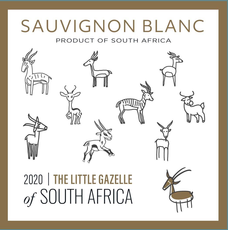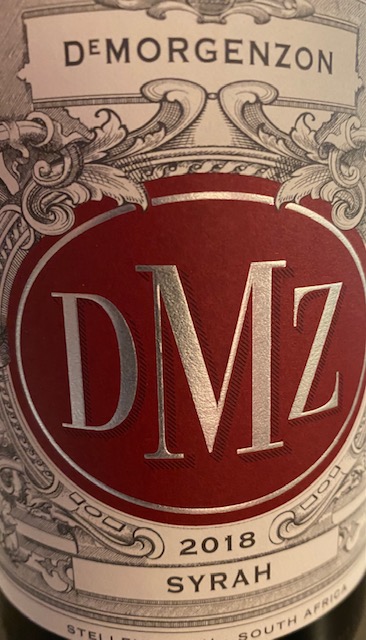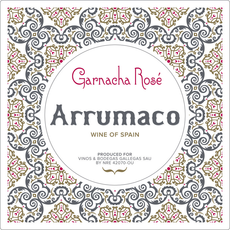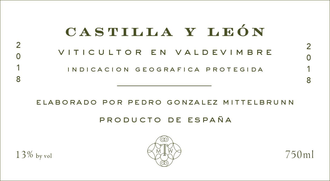Agricola San Felice is recognized as an innovative Italian estate, partly because of its ability to spot trends before they develop and partly because of its intense research and experimentation. At the same time, however, its production style accentuates the uniqueness and typical character of its territory by retaining a close attachment to tradition. The estate is situated in the municipality of Castelnuovo Berardenga, near Siena, in other words, right in the heart of Tuscany’s Chianti Classico territory. This is the type of producer we like to offer wine club members.
The white selection, Agricola San Felice Perolla Vermentino (2021), is grown southwest of Siena in Maremma on the coast of Tuscany. A traditional grape in the Maremma, Vermentino ripens to perfection on the hills of the Perolla estate, thanks in part to the moderating influence of the moderating influence of the nearby Mediterranean.
The red selection, Agricola San Felice Chianti Classico DOCG (2020) is the first Chianti we have carried in a long time. Wine Spectator scored this as #24 on the best price list. This Chianti, mostly Sangiovese with 10% of each Colorino and Pugnitello has received rave reviews from buyers.
2022 San Felice Perolla Vermentino, Maremma, Tuscany $15
This is a dry, yet smooth white wine with a rich fragrance. On the nose, scents of grapefruit citrus emerge, along with spring blossoms and newly-mown hay. The palate shows a refreshing crispness, with subtle citrus in the background. Alcohol: 13.0%
2020 San Felice Chianti Classico DOCG, Tuscany $19
This is an example of a light and classic Chianti. Ruby red in color with the typical orangish, brick red hues of Sangiovese. It has complex notes of tart cherries, herbs like oregano, leather, tobacco, Italian salami. Light bodied, soft tannins, medium acid, and a medium long dry savory finish. Alcohol: 13.0%
